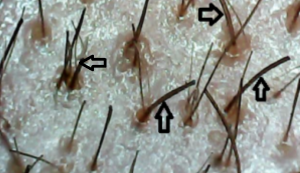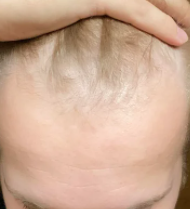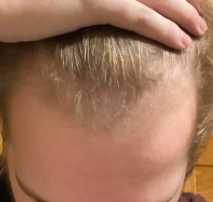I have been thinning slowly on the top of my head for about 7 years or more. I am guessing that the hairs that started to minituarize 7 years ago are too late to reverse and make strong again with finasteride? But the hairs that started to miniaturize say 2 years ago there can be hope to save them?
Perhaps there is no hard truth to this that applies to everyone?
Miniaturization is generally the end stage of hair loss for those particular miniaturized hairs. Miniaturization comes in ‘many flavors’, for example, one could lose 20, 40, 60 80% of the original thickness of the hair shaft and all of these are called miniaturized hairs. When the ,more advanced miniaturized hairs fall out, the longer that they are out, the less chance that these hairs will regrow. Finasteride can move a miniaturized hair from 40% miniaturization to say 20% miniaturization. I have seen miniaturized hairs hang in with 95% of their hair thickness gone. When these fall out, the never return.



